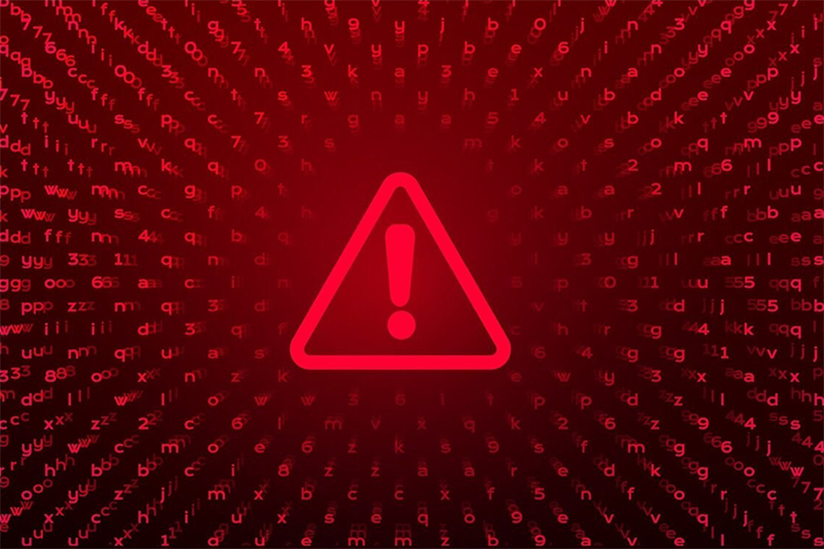Zero Day Vulnerabilities
With advances in modern technology, such as the use of Artificial Intelligence models, zero-day vulnerabilities will become even more common in the future. From financial losses, reputational damage, and erosion of public trust, experts shed light on the consequences and complications businesses face and how they can enhance their security posture in order to mitigate […]
read more









